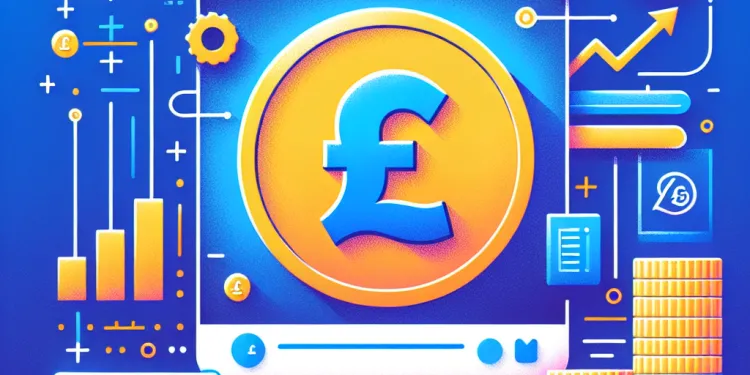
Find Help
More Items From Ergsy search
-

Will changing my password secure my hacked account?
Relevance: 100%
-
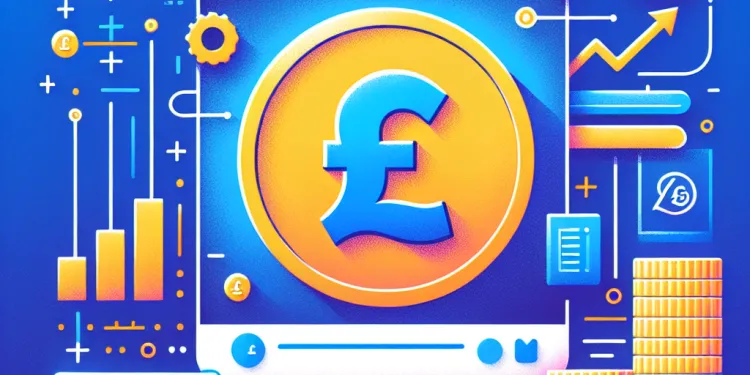
How do I know if my password has been hacked?
Relevance: 91%
-
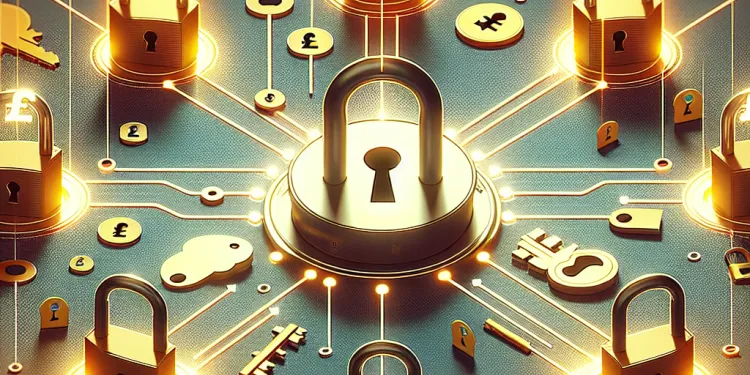
Can using the same password across accounts increase the risk of hacking?
Relevance: 80%
-
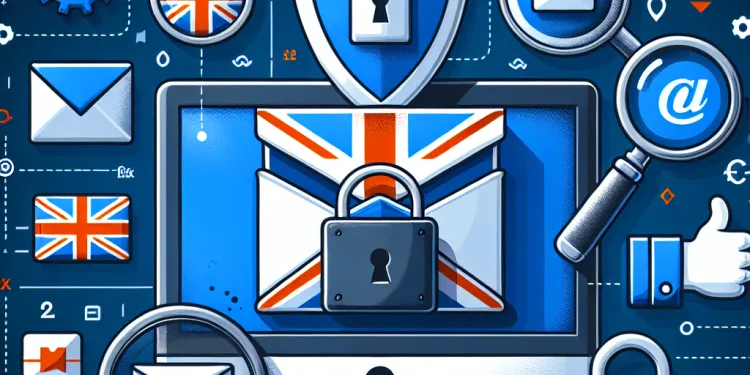
What are some signs that my email might be hacked?
Relevance: 70%
-
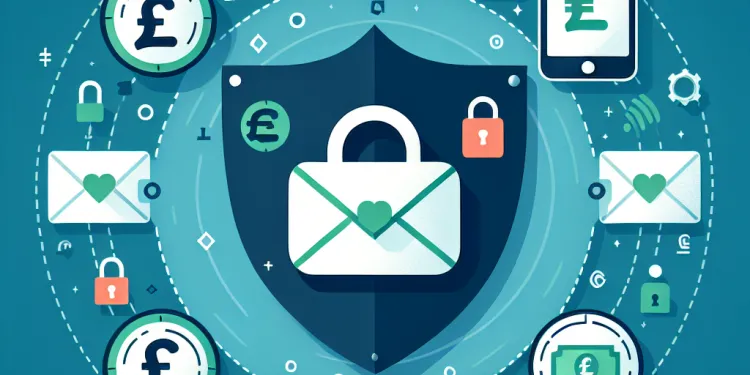
How can I secure my email after a hack?
Relevance: 69%
-
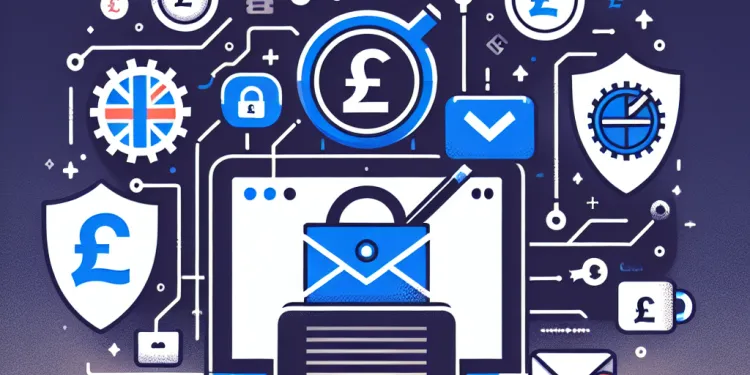
How can I recover a hacked email account?
Relevance: 68%
-
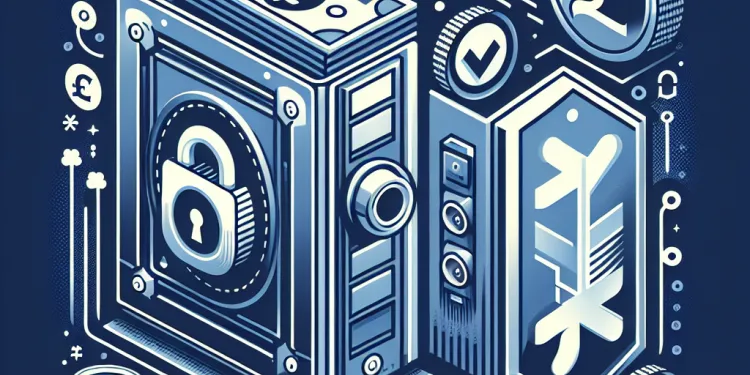
How do I know if my social media accounts have been hacked?
Relevance: 68%
-
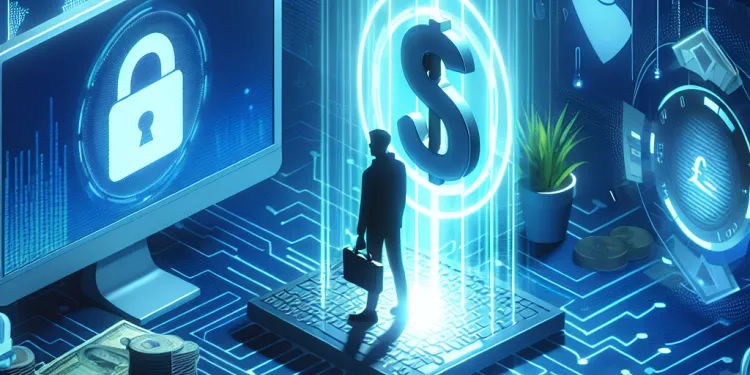
Should I report the hack to the social media platform?
Relevance: 67%
-
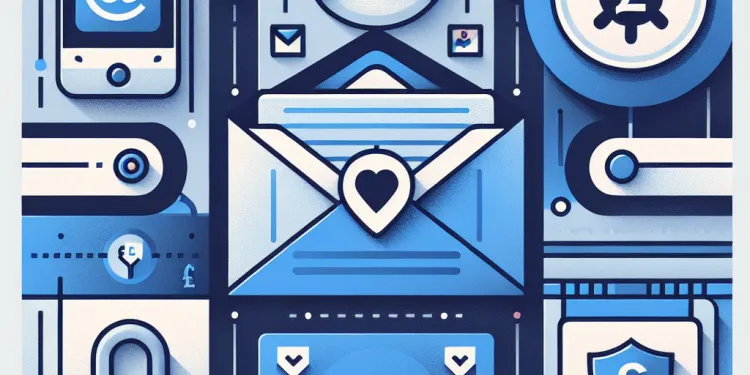
How do I know if my email has been hacked?
Relevance: 66%
-
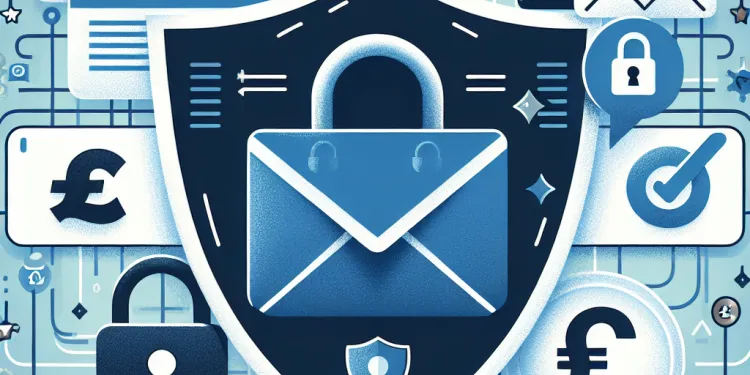
Should I contact my email provider if I suspect hacking?
Relevance: 65%
-
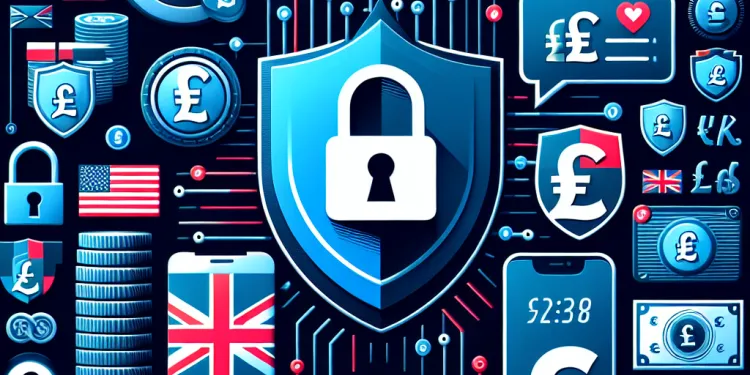
What signs indicate that my social media account might be hacked?
Relevance: 64%
-

Can Monzo or Revolut accounts be hacked easily?
Relevance: 63%
-
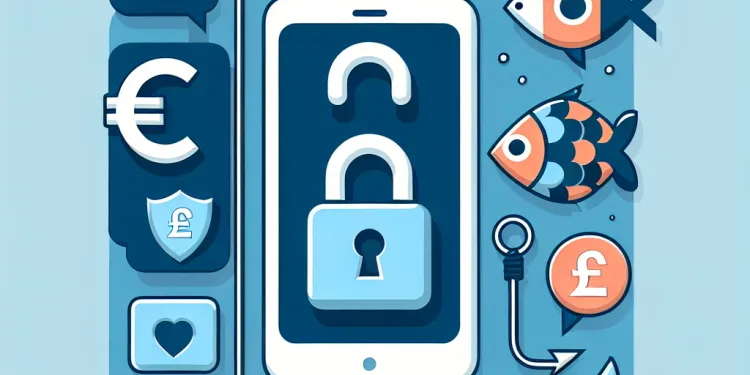
How can phishing attacks lead to social media hacks?
Relevance: 63%
-
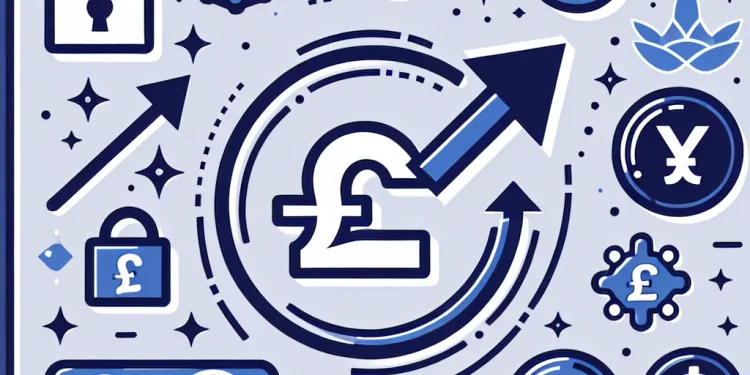
Can a sudden decrease or increase in followers indicate a hack?
Relevance: 63%
-
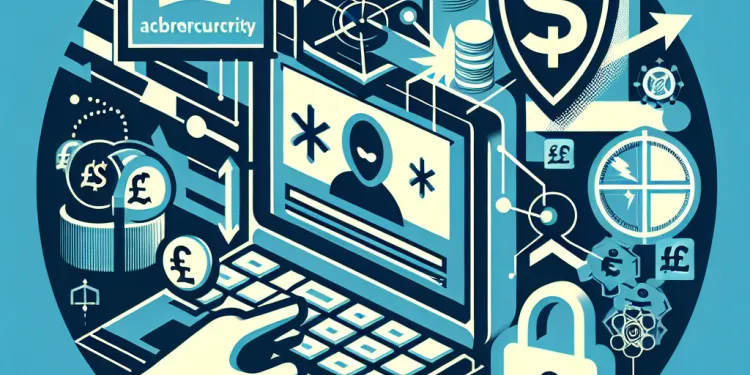
What are the risks of ignoring a hacked account?
Relevance: 61%
-

Should I change my passwords regularly?
Relevance: 60%
-
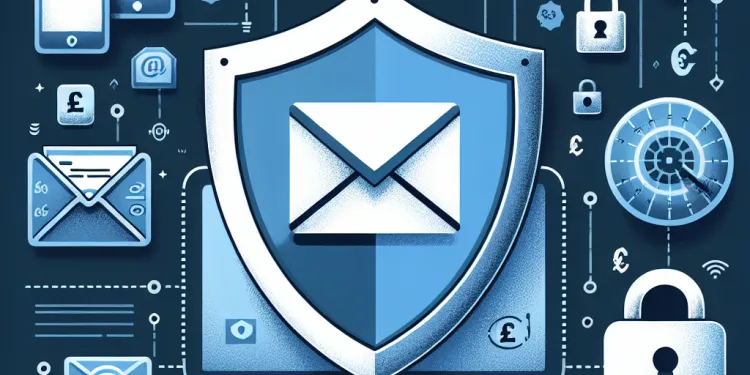
What is the risk of my contacts being compromised if my email is hacked?
Relevance: 59%
-
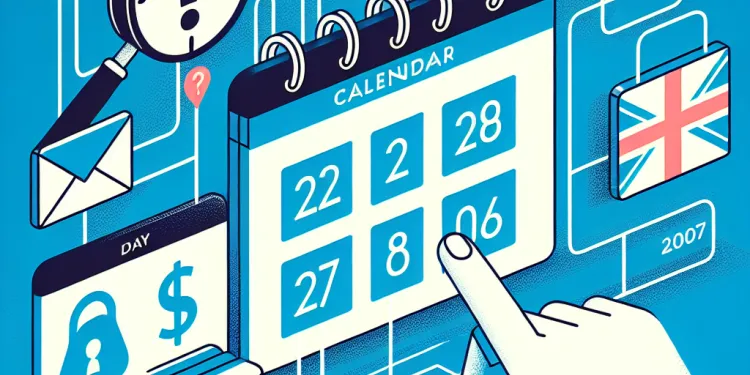
Can unexpected calendar events be a sign of a hacked email?
Relevance: 59%
-

Can antivirus software protect my email from being hacked?
Relevance: 56%
-
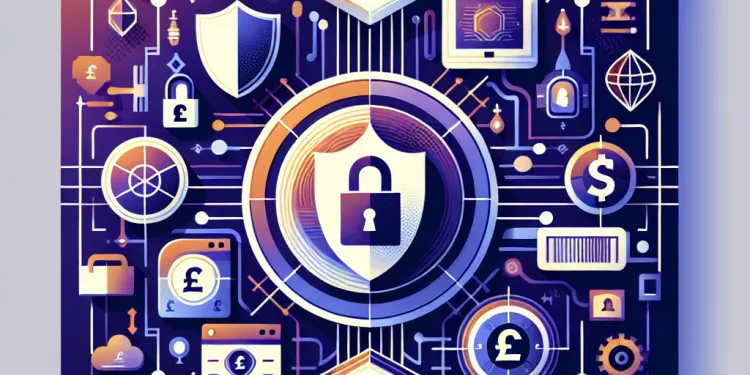
What steps can I take to prevent future hacks?
Relevance: 56%
-
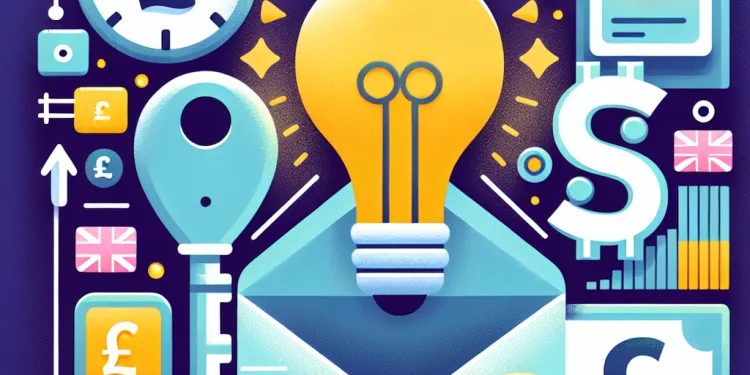
Why am I receiving password reset emails I didn't request?
Relevance: 56%
-
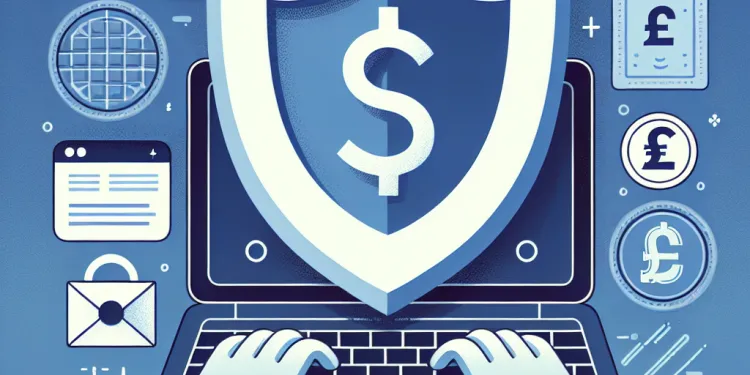
What preventive measures can I take to protect my email from being hacked?
Relevance: 53%
-
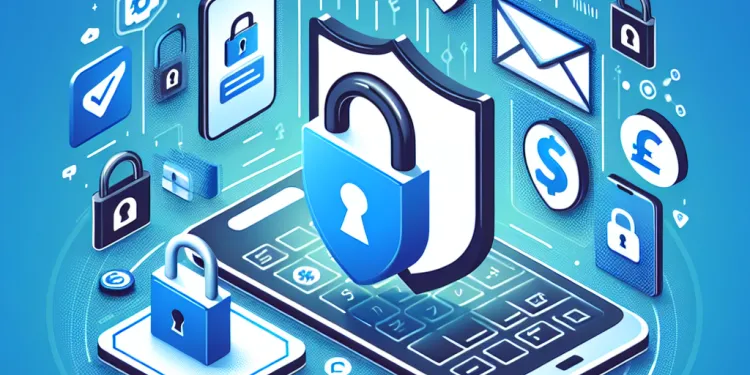
Can enabling two-factor authentication help if my email is hacked?
Relevance: 52%
-
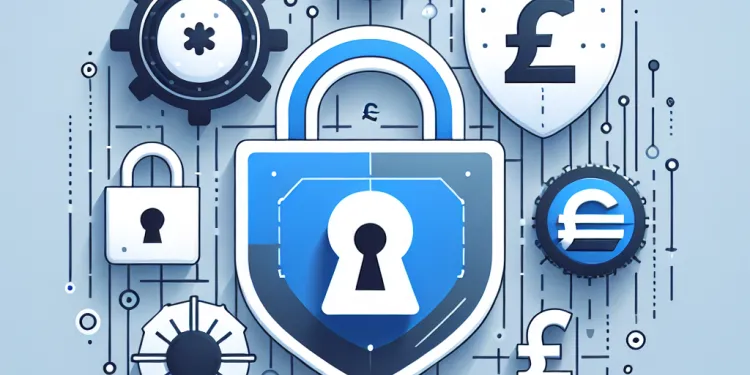
What role do password managers play in data breach prevention?
Relevance: 49%
-
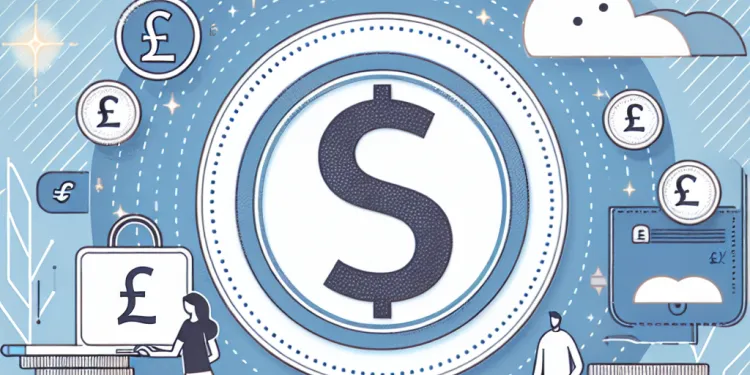
Why am I receiving password change requests that I did not initiate?
Relevance: 44%
-

How do I secure my online accounts?
Relevance: 32%
-
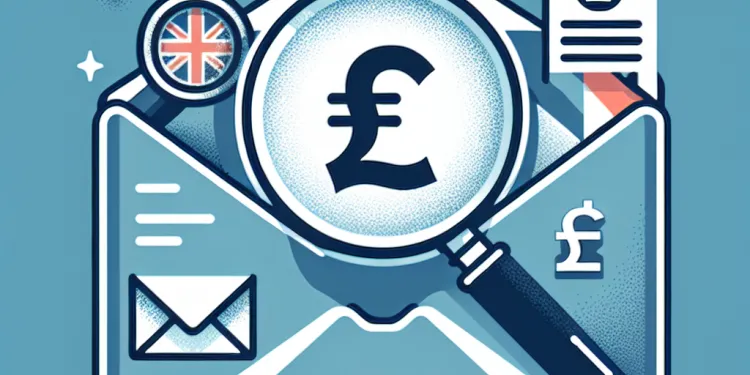
What should I do if I notice unfamiliar emails in my sent folder?
Relevance: 31%
-
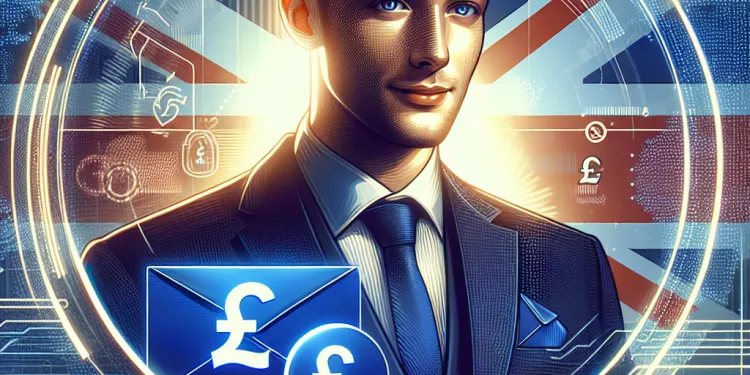
Why does my email appear to be sending spam?
Relevance: 26%
-
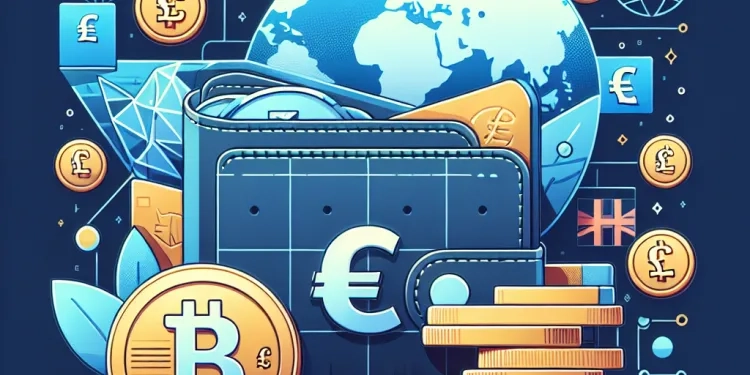
What is a cryptocurrency wallet?
Relevance: 25%
-
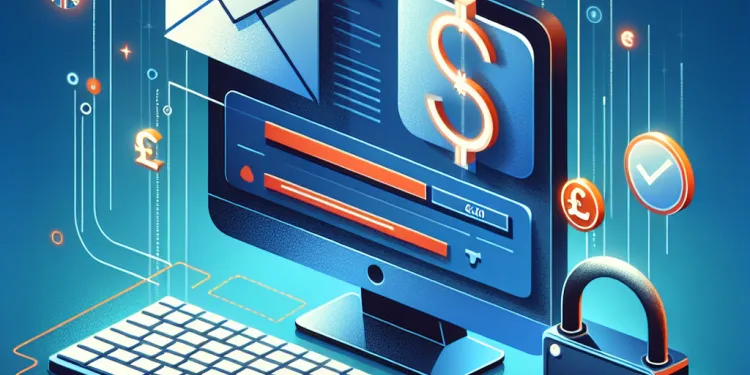
What should I do if I can't access my email account?
Relevance: 23%
-
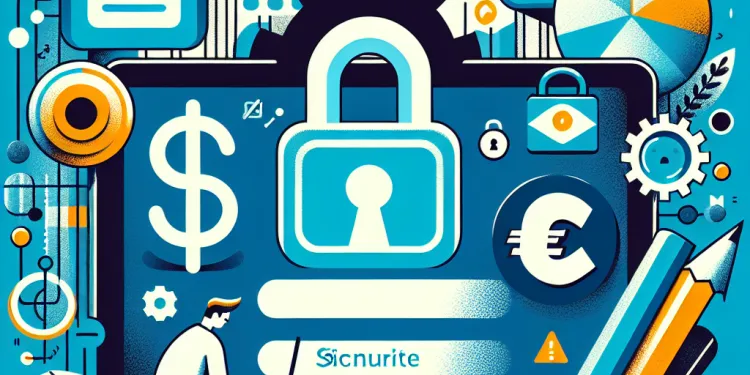
What should I do if I can't log into my account anymore?
Relevance: 23%
-
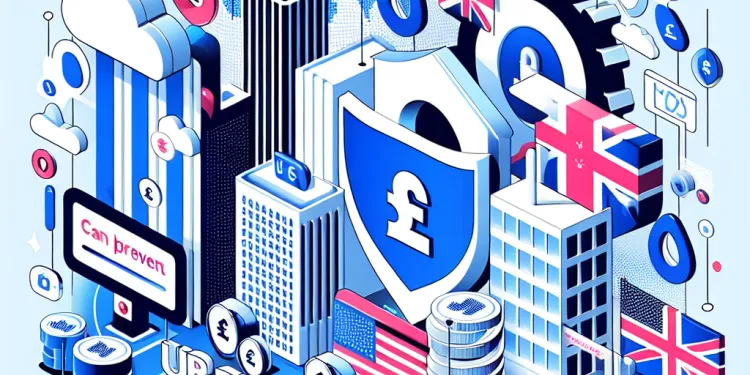
Can I prevent my data from being included in a breach?
Relevance: 22%
-
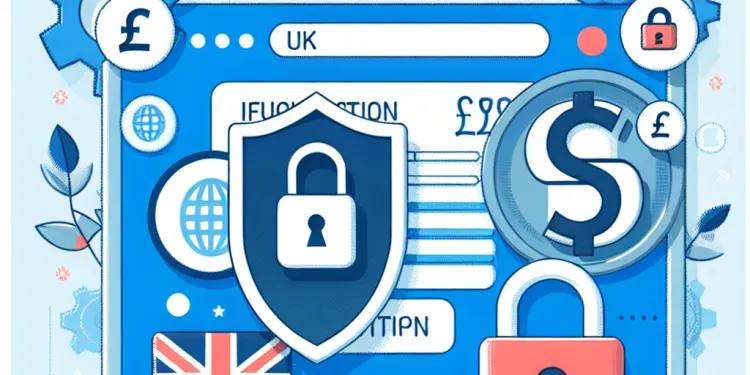
What should I do if I find my information in a data breach?
Relevance: 22%
-
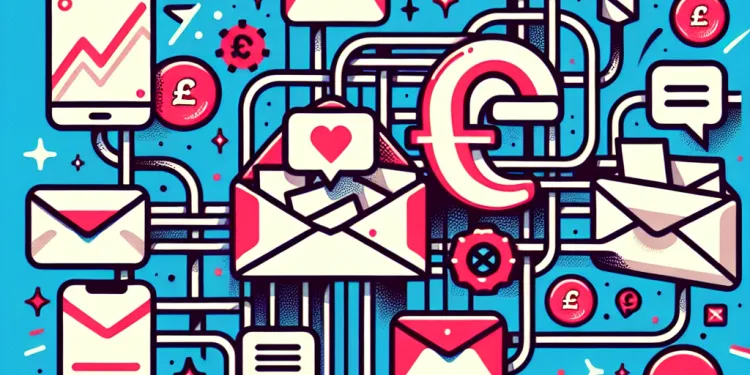
What does it mean if my friends receive spammy messages from my account?
Relevance: 22%
-
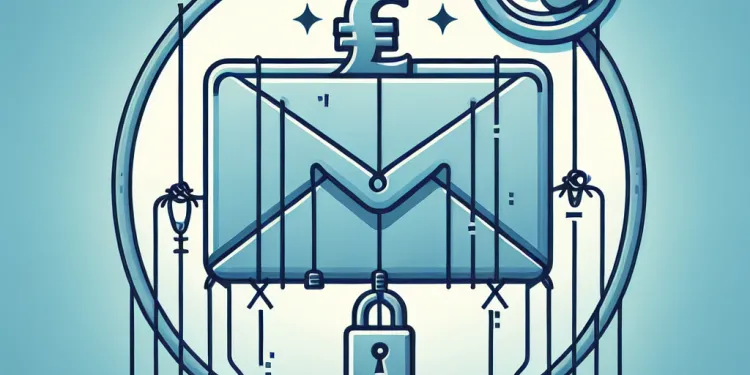
What should I do if I suspect my email has been compromised through phishing?
Relevance: 22%
-
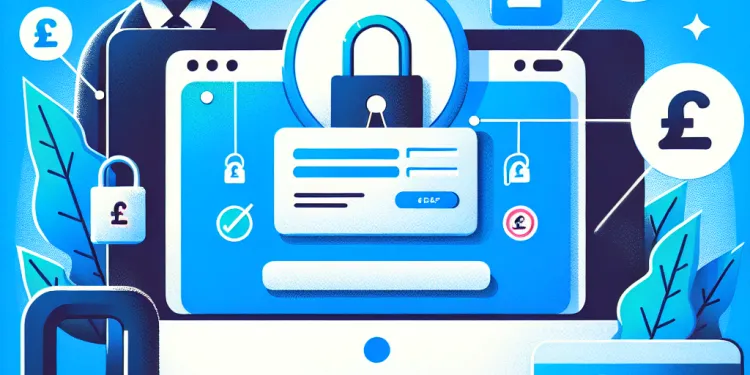
What should I do if I notice suspicious login attempts?
Relevance: 22%
-
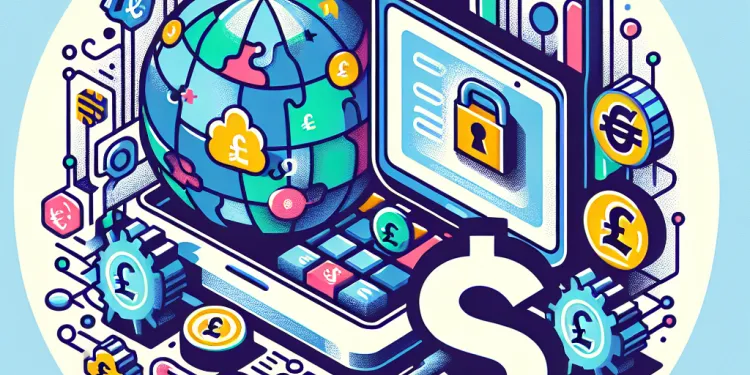
Are there any tools provided by social media platforms to increase security?
Relevance: 21%
-
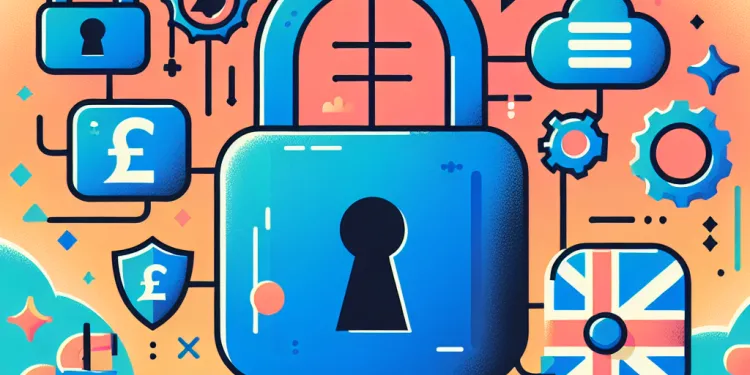
How do I know if my personal information was part of a data breach?
Relevance: 20%
-
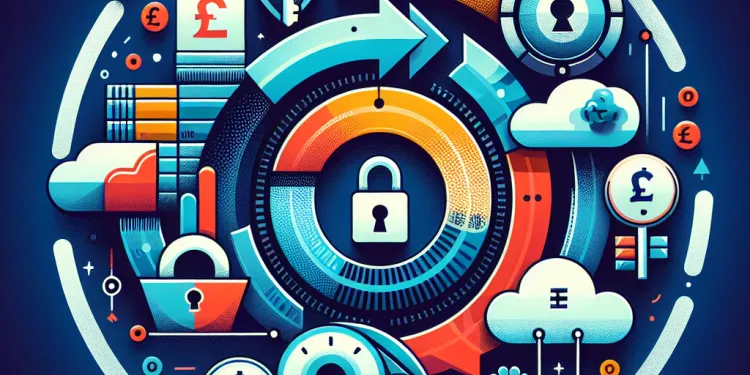
Why is it important to update my account recovery information?
Relevance: 20%
-
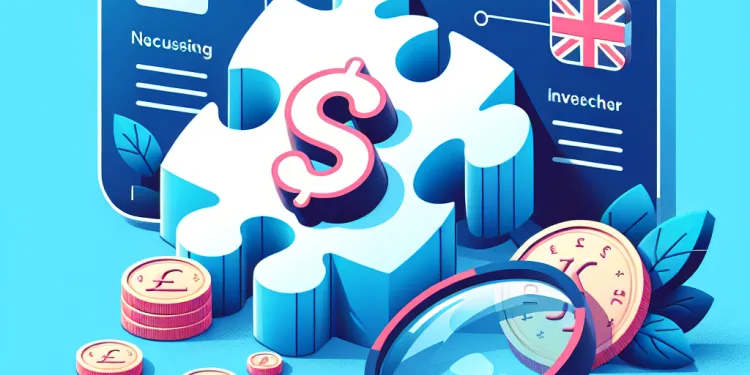
What information do I need to provide to check for breaches?
Relevance: 19%
How do I know if my password has been hacked?
Understanding whether your password has been compromised is crucial in protecting your online accounts and personal information. Cybercriminals constantly seek access to sensitive data, making it essential for users to stay vigilant. Here are some signs and resources that can help you determine if your password has been hacked.
Suspicious Account Activity
One of the first indicators that your password may have been compromised is unusual activity within your accounts. This could include emails you don't remember sending, social media posts or messages you didn't create, or unexpected changes to your account settings. If you notice any unfamiliar activity, it's important to investigate and secure your accounts immediately.
Unauthorized Access Notifications
Many online services send notifications if they detect a login attempt from an unrecognized device or location. If you receive an alert of this nature and do not recall signing in, it could mean someone has gained access to your credentials. Check these alerts carefully, and if you suspect fraudulent access, change your passwords without delay.
Use of Credential Monitoring Services
Several services offer tools to check if your email address or passwords have appeared in known data breaches. Websites such as 'Have I Been Pwned' allow you to enter your email address to see if your information has been compromised in any reported breaches. While these services cannot guarantee complete security, they offer an additional layer of monitoring.
Receiving Unwanted Password Reset Emails
If you start receiving password reset emails for accounts you haven't requested, this can be a red flag. Although it might sometimes be a mistake, persistent reset emails could indicate someone is attempting to gain access to your account. Be cautious about clicking on any links in these emails—ensure you are on the legitimate site by typing the URL into your browser instead of clicking direct links.
Protective Measures to Take
If you suspect your password has been hacked, change it immediately. Use a strong, unique password for each account, which includes a combination of letters, numbers, and special characters. Enable two-factor authentication wherever possible for an added security layer. Regularly update your passwords and avoid using easily guessable information, such as birthdays, pet names, or common words.
Conclusion
Staying aware of any suspicious signs and using available resources to monitor your accounts can help you determine if your password has been compromised. By taking proactive steps to secure your passwords and applying best practices for online security, you can significantly reduce the risk of unauthorized access to your personal information.
How do I know if my password has been hacked?
It is important to know if someone has stolen your password. This helps keep your online accounts and personal information safe. Bad people try to steal data all the time, so you need to be careful. Here are some signs and tips to see if your password is safe.
Suspicious Account Activity
Strange things happening in your accounts can mean someone else has your password. This could be emails you did not send, social media posts or messages you did not create, or changes to your account settings you did not make. If you see anything unusual, check and secure your accounts quickly.
Unauthorized Access Notifications
Many websites send alerts if someone logs into your account from a new device or place. If you get a message like this and did not log in, someone else might have your password. Look at these alerts carefully. If you think your account is not safe, change your password right away.
Use of Credential Monitoring Services
There are services that can check if your email or passwords have been in data leaks. Websites like 'Have I Been Pwned' let you type in your email to see if it is in any reported leaks. These websites are not perfect, but they help keep an eye on your information.
Receiving Unwanted Password Reset Emails
If you get emails to reset your password and you did not ask for them, this can be a warning sign. It could mean someone is trying to get into your account. Be careful with links in these emails. Type the website address in your browser instead of clicking links to make sure you are on the real site.
Protective Measures to Take
If you think your password has been stolen, change it right away. Make a strong, unique password for each account. Use letters, numbers, and special symbols. Turn on two-factor authentication if you can for extra safety. Regularly update your passwords and do not use easy-to-guess information like birthdays or pet names.
Conclusion
Look out for signs of trouble and use tools to check your accounts. This helps you know if your password is stolen. By being careful and using good security habits, you can make it hard for bad people to get your personal information.
Frequently Asked Questions
What are the signs that my password has been hacked?
Signs can include unexpected account activity, receiving password reset emails you didn't request, or inability to log into your account.
How can I check if my email or password has been compromised?
You can use services like Have I Been Pwned to check if your email or password has been part of a known data breach.
Will I receive notifications if my password has been hacked?
Some services and websites will notify you if they detect suspicious activity or if your credentials have been compromised.
What should I do if I suspect my password has been hacked?
Change your password immediately and enable two-factor authentication if available.
How often should I change my passwords?
It's recommended to change your passwords regularly and immediately if you suspect any compromise.
Can using the same password across multiple accounts be risky?
Yes, if one account is compromised, all accounts with the same password are at risk.
What is two-factor authentication and how can it help?
Two-factor authentication adds an extra layer of security by requiring a second form of verification, making it harder for attackers to access your accounts.
How can I create a strong password?
Use a mix of letters, numbers, and symbols; avoid common words or easily guessable information like birthdays.
Should I use a password manager?
Yes, password managers can help generate and store strong, unique passwords for all your accounts.
Is it safe to store passwords in my browser?
While convenient, browser-stored passwords can be less secure than using a dedicated password manager.
What is credential stuffing?
Credential stuffing is an attack where hackers use lists of compromised credentials to try to log into various online accounts.
What should I do if a friend says they've received spam from my account?
Change your password immediately and review your account's activity and settings for unauthorized changes.
Can using public Wi-Fi compromise my passwords?
Yes, using public Wi-Fi without a VPN can expose your data, including passwords, to attackers on the same network.
Are there any tools to help monitor if my credentials are compromised?
Yes, there are various security services and browser extensions that alert you if your credentials appear in a breach.
How can I safely reset a forgotten password?
Use the official password reset process of the service, ensuring you're on the legitimate website, and follow secure steps.
What can I do to protect my accounts from being hacked?
Use strong, unique passwords, enable two-factor authentication, and avoid phishing scams.
Why should I avoid using easily guessed passwords?
Hackers often use automated tools to guess common passwords, so easy-to-guess ones can be quickly compromised.
Can a data breach on a website affect my password security?
Yes, if your password is exposed in a data breach, attackers may use it to attempt access to other services you use.
Is it safe to use fingerprint or facial recognition instead of passwords?
Biometric authentication adds a layer of security, but it's best used in combination with strong passwords rather than as a sole method.
What should I do if my financial accounts are hacked?
Contact your bank immediately, change your passwords, and monitor your accounts for unauthorized transactions.
How can I tell if someone has stolen my password?
If your password is stolen, you might notice these things:
- You can't get into your account anymore.
- You see new things on your account that you did not do.
- You get messages or emails you don't know about.
- Your friends get strange messages from you.
Here are some things you can do to stay safe:
- Use a strong password with letters and numbers.
- Change your password often.
- Turn on two-step verification if you can.
- Keep your computer or phone safe with updates.
Look out for these signs:
- Strange things happening with your account.
- Getting emails to change your password when you didn't ask to.
- You can't get into your account.
If you see any of these signs, ask a grown-up or friend for help.
How can I see if my email or password is not safe?
Here is how you can check:
- Use a trusted website to check if your email or password was leaked. You can try "Have I Been Pwned".
- Type in your email to see if it has been part of a data leak.
- If they show your email was in a leak, change your password right away.
Helpful tips:
- Use different passwords for different accounts.
- Use tools like password managers to keep your passwords safe.
Ask a trusted friend or family member if you need help.
You can use a website called Have I Been Pwned. It helps you check if your email or password has been stolen in a data breach.
Will I get a message if someone steals my password?
Some websites and services will let you know if they see anything strange or if your information is not safe.
What to Do If Someone Has Stolen Your Password?
Think your password is not safe? Here is what you can do:
- Change your password to a new one. Make it hard for others to guess.
- Use a password manager. It helps keep your passwords safe.
- Turn on two-step verification. This adds extra security.
- Contact the company if you need more help.
- Tell an adult you trust. They can help too.
Change your password right now. If you can, turn on two-step check-in to keep your account safer.
How often should I change my passwords?
You should change your passwords every few months. This keeps them safe.
Here are some tips to help you:
- Use a mix of letters, numbers, and symbols.
- Don't use easy things like your name or birthday.
- Use a password manager to remember your passwords.
Changing passwords keeps your info safe! Ask someone for help if you need it.
It’s a good idea to change your passwords often. Change them right away if you think someone else might know them.
Is it dangerous to use the same password for many accounts?
Using the same password for lots of accounts can be risky. If someone guesses it, they can get into all your accounts.
Here are some tips to stay safe:
- Use different passwords for each account.
- Make passwords with letters, numbers, and symbols.
- Keep your passwords in a safe place.
- Try using a password manager to remember them.
Yes, if your password is stolen on one account, all your accounts using that password can be in danger.
What is two-factor authentication and how can it help?
Two-factor authentication is a way to keep your online accounts safe.
You need two things to log in:
- Your password (something you know)
- A code sent to your phone or email (something you have)
This makes it harder for others to get into your accounts.
Tools that might help:
- Use an authentication app like Google Authenticator
- Turn on two-factor authentication in your account settings
Two-factor authentication helps keep your accounts safe. It asks for a second way to check who you are. This makes it harder for someone bad to get into your account.
How can I make a strong password?
A strong password is good for keeping your online stuff safe. Here’s how to make one:
- Use lots of different letters and numbers: This makes your password harder to guess.
- Mix big and small letters: Use both ABC and abc.
- Add symbols: Use things like !, ?, or $ in your password.
- Make it long: Use at least 8 characters.
- Don’t use easy things: Avoid using your name or "1234".
If you find it hard to remember, you can:
- Write it down: But keep your paper safe!
- Use a password manager: It remembers passwords for you.
Ask for help if you need it!
Make passwords strong by using letters, numbers, and symbols. Don't use common words or things that are easy to guess, like birthdays.
Is it a good idea to use a password manager?
A password manager is a tool that helps you keep track of your passwords. It can store your passwords safely so you don’t have to remember all of them.
Here are some reasons why you might want to use one:
- Easy to remember: You only need to remember one main password to open the manager.
- Safe: It keeps your passwords safe and strong, so others can’t guess them.
- Time-saving: It can quickly fill in your passwords on websites for you.
If you find it hard to remember many passwords, a password manager can help. You can also ask someone you trust to help you set it up.
Yes, password managers can help make and keep safe strong passwords that are different for each of your accounts.
Is it okay to save my passwords in my web browser?
Would you like to store passwords on your computer or phone?
This means your web browser, like Chrome or Safari, can remember them for you.
Here are some things to think about:
- Locks and Keys: Just like a lock on a house, passwords should be safe. Make sure your computer or phone has a strong password.
- Updates: Keep your browser and device up to date to protect them from bad software.
- Ask for Help: Use a password manager app to help remember your passwords and keep them safe.
- Use Strong Passwords: Use lots of numbers, letters, and symbols.
If you are not sure, ask an adult or a friend you trust for help.
Saving your passwords in a browser is easy, but it may not be as safe as using a special app called a password manager.
What is credential stuffing?
Credential stuffing is when someone tries to use a list of stolen usernames and passwords to get into accounts.
They try lots of usernames and passwords quickly to see which ones work. This is a way for bad people to take over accounts.
If you want to keep your account safe, use different passwords for each account. A password manager can help you remember them. Also, turn on two-factor authentication for extra security.
Credential stuffing is when bad people try to get into online accounts. They use lists of stolen usernames and passwords to do this.
What to do if a friend gets spam from your account?
If your friend says they got strange messages or emails from you, here’s what you can do:
- Change your password: Make a new password that is hard to guess. Use a mix of letters, numbers, and symbols.
- Check your account settings: Look at your settings to make sure nothing has changed.
- Tell your friend: Let your friend know you are fixing the problem.
- Use security tools: Use things like antivirus software to keep your computer safe.
- Ask for help: If you're not sure what to do, ask a parent or teacher to help you.
Change your password right away. Check your account to see if anything looks different or wrong.
Is it safe to use public Wi-Fi for my passwords?
Yes, using public Wi-Fi without a VPN can make your data, like passwords, easy for bad people on the same network to see.
Are there tools to check if my passwords are stolen?
Yes, there are tools that can help. These tools can tell you if someone took your passwords. They are easy to use and can make you feel safer online.
Here are some things you can use:
- Strong Password Manager: This keeps all your passwords safe in one place.
- Alerts: Some tools will send you a message if there is a problem with your passwords.
- Websites: There are websites that check if your passwords are safe.
It is a good idea to use these tools. They help protect your information.
Yes, there are tools and browser add-ons that can tell you if your passwords have been stolen.
How can I change my password if I forget it?
If you can't remember your password, it's okay. Here is how you can change it safely:
- Go to the login page.
- Look for a link or button that says "Forgot Password?" and click it.
- Follow the instructions that are shown. They will usually ask you to enter your email or username.
- Check your email for a message. It will have a link to reset your password.
- Click the link and type a new password. Choose one that is easy for you to remember but hard for others to guess.
Tips to help with passwords:
- Use a password manager to keep your passwords safe.
- Write down your passwords and keep them in a safe place.
- Ask a trusted person to help you if you get stuck.
Use the website's official way to reset your password. Make sure you are on the right website. Follow the safe steps they give you.
How can I keep my accounts safe from hackers?
Here are some easy steps to help keep your accounts safe:
- Use Strong Passwords: Make a password that is hard to guess. Use a mix of letters, numbers, and symbols.
- Change Passwords Often: Change your passwords every few months.
- Don't Share Passwords: Keep your passwords secret. Don't tell them to anyone.
- Use Two-Factor Authentication: This is an extra step that helps keep your account safe. It might ask for a code sent to your phone.
- Be Careful with Links: Don't click on links in emails or messages from people you do not know.
- Keep Software Updated: Always update apps and programs to stay safe from new threats.
Doing these things can help keep your accounts safe!
Use strong passwords that are different for each account. Turn on two-factor checks to keep safe. Be careful of fake emails or messages trying to trick you.
Why shouldn't I use easy passwords?
Password tips:
- Use a mix of letters, numbers, and symbols.
- Make passwords long, at least 8 letters or numbers.
- Avoid using names or birthdays.
- Write your passwords in a safe place if you might forget them.
- Consider using a trusted app to remember passwords for you.
These tips help keep your accounts safe from people who might try to guess your passwords.
Bad people called hackers try to break into computers. They use special computer tools to guess passwords. If your password is easy to guess, they can get in fast.
Here are some tips to help you:
- Create long passwords. Use a mix of letters, numbers, and symbols like !@#$%.
- Don’t use words from books or movies.
- Try using a passphrase, like a short sentence.
- Write your passwords in a safe place if you worry about forgetting them.
- Use password manager tools. These tools remember all your passwords for you.
Can a data breach on a website steal my password?
Yes, if someone steals your password in a hack, they might try to use it to get into your other accounts.
Is it okay to use your face or finger instead of a password?
Using your finger or face to get into a device can be safe.
It is like a special key that only you have.
Here are some tips to stay safe:
- Make sure your device is updated. Updates fix problems.
- Use a password too, just in case.
- Ask someone you trust for help if you need it.
Biometric security, like using your fingerprint, makes things safer. But it's better to use it with a strong password too, not just by itself.
What to Do if Someone Breaks into Your Money Accounts?
Call your bank right away. Change your passwords. Keep checking your bank accounts to make sure no one else is using your money.
Useful Links
- Ergsy carfully checks the information in the videos we provide here.
- Videos shown by Youtube after a video has completed, have NOT been reviewed by ERGSY.
- To view, click the arrow in centre of video.
- Most of the videos you find here will have subtitles and/or closed captions available.
- You may need to turn these on, and choose your preferred language.
- Go to the video you'd like to watch.
- If closed captions (CC) are available, settings will be visible on the bottom right of the video player.
- To turn on Captions, click settings .
- To turn off Captions, click settings again.
More Items From Ergsy search
-

Will changing my password secure my hacked account?
Relevance: 100%
-

How do I know if my password has been hacked?
Relevance: 91%
-

Can using the same password across accounts increase the risk of hacking?
Relevance: 80%
-

What are some signs that my email might be hacked?
Relevance: 70%
-

How can I secure my email after a hack?
Relevance: 69%
-

How can I recover a hacked email account?
Relevance: 68%
-

How do I know if my social media accounts have been hacked?
Relevance: 68%
-

Should I report the hack to the social media platform?
Relevance: 67%
-

How do I know if my email has been hacked?
Relevance: 66%
-

Should I contact my email provider if I suspect hacking?
Relevance: 65%
-

What signs indicate that my social media account might be hacked?
Relevance: 64%
-

Can Monzo or Revolut accounts be hacked easily?
Relevance: 63%
-

How can phishing attacks lead to social media hacks?
Relevance: 63%
-

Can a sudden decrease or increase in followers indicate a hack?
Relevance: 63%
-

What are the risks of ignoring a hacked account?
Relevance: 61%
-

Should I change my passwords regularly?
Relevance: 60%
-

What is the risk of my contacts being compromised if my email is hacked?
Relevance: 59%
-

Can unexpected calendar events be a sign of a hacked email?
Relevance: 59%
-

Can antivirus software protect my email from being hacked?
Relevance: 56%
-

What steps can I take to prevent future hacks?
Relevance: 56%
-

Why am I receiving password reset emails I didn't request?
Relevance: 56%
-

What preventive measures can I take to protect my email from being hacked?
Relevance: 53%
-

Can enabling two-factor authentication help if my email is hacked?
Relevance: 52%
-

What role do password managers play in data breach prevention?
Relevance: 49%
-

Why am I receiving password change requests that I did not initiate?
Relevance: 44%
-

How do I secure my online accounts?
Relevance: 32%
-

What should I do if I notice unfamiliar emails in my sent folder?
Relevance: 31%
-

Why does my email appear to be sending spam?
Relevance: 26%
-

What is a cryptocurrency wallet?
Relevance: 25%
-

What should I do if I can't access my email account?
Relevance: 23%
-

What should I do if I can't log into my account anymore?
Relevance: 23%
-

Can I prevent my data from being included in a breach?
Relevance: 22%
-

What should I do if I find my information in a data breach?
Relevance: 22%
-

What does it mean if my friends receive spammy messages from my account?
Relevance: 22%
-

What should I do if I suspect my email has been compromised through phishing?
Relevance: 22%
-

What should I do if I notice suspicious login attempts?
Relevance: 22%
-

Are there any tools provided by social media platforms to increase security?
Relevance: 21%
-

How do I know if my personal information was part of a data breach?
Relevance: 20%
-

Why is it important to update my account recovery information?
Relevance: 20%
-

What information do I need to provide to check for breaches?
Relevance: 19%


